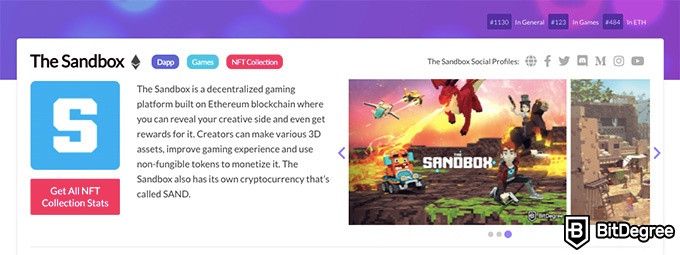The popularity of NFTs - non-fungible tokens - is undeniable. A single look at the market trends will show you that, even though there are certain community interest swings throughout the year, NFTs have been becoming more and more popular.
In the beginning, most people only cared about digital art. Non-fungible tokens were seen as a form of investment, or a way to diversify your crypto portfolio. Being a “hot topic”, many NFTs attracted the attention of digital art collectors, too.
With time, around the Summer of 2021, the concept of utility NFTs appeared to dominate the space. There seemed to be a mutual understanding that, while digital art and gaming collectibles are popular at this time, the true future of the NFT market lies in utility - whether it be concert tickets, VIP packages, non-profit projects, or else.

Did you know?
Want to get smarter & wealthier with crypto?
Subscribe - We publish new crypto explainer videos every week!
DEX vs CEX: Which is Best for YOU? (Explained with Animation)


Looking at those same aforementioned trends towards the end of the year, though, it’s evident that the NFT market took an interesting turn. While gaming and artwork are still going strong within the space, there’s a notable increase in digital land and metaverse asset popularity.
Specifically, The Sandbox and Decentraland have been dominating the NFT charts in the past few months. While both digital land-related NFT projects are as popular as ever, The Sandbox is at the very top, beating collections such as Bored Ape Yacht Club and CryptoPunks in terms of sales volume (over $70 million in the past 7 days). Decentraland has amassed a trading volume of $6,6 million during that same period of time.

This is a clear indication that more and more people are turning towards digital land ownership, and that it’s not just a short-term phenomenon. This is further-echoed by talk about metaverse integrations in the future.
Metaverses are digital worlds that can be accessed with the help of VR technology. One may participate in various activities in these worlds, such as traveling, communicating with other players, and even trading assets. This is where digital land NFTs come in.
Current speculation predicts that the aforementioned type of NFTs is only going to see an increase in popularity, especially as metaverses become more and more accessible to the average consumer. Naturally, this includes the art-related NFTs, as well, but digital lands and their related assets are at the forefront here.
One should also take into consideration the fact that most of these projects are built on the Ethereum blockchain. With the ETH 2.0 update on the horizon, it should solve many of the notable issues that are often brought up when talking about Ethereum. This, in turn, would make the crypto ecosystem even more attractive, in regards to metaverses, their asset creation and hosting.






















